Starting your own business is exciting! But before you dive in, there’s one key step: registering as self-employed with HMRC. This ensures you pay the right taxes.
The good news? It’s:
- Simple: The registration process is straightforward and hassle-free.
- One-time: You only need to register once, not every year.
- All-inclusive: This registration covers both Income Tax and National Insurance contributions (NICs).
So, get registered and get going with your self-employed journey!
Registering is Easy!
Step 1: Create your HMRC online account
This is your one-stop shop for managing your self-employed taxes. Signing up is quick, and you’ll receive a user ID.
Step 2: Register for Self Assessment
Log back into your account and choose “Add a Tax” followed by “Self Assessment.” Select “Sole Trader” if you’re running the business by yourself.
Step 3: Provide your details
Enter your start date as a self-employed individual, National Insurance number (you can find instructions for obtaining one if needed), and a brief description of your work (e.g., freelance writer, web developer).
Step 4: Submit and Activate
Review everything and click submit. You’ll receive a letter with your Unique Taxpayer Reference (UTR).
Activate your UTR using the separate activation code that arrives within 10 days.
Alternatively:
Prefer paper forms? Download the SA1 form from HMRC’s website, fill it out, and mail it in. Keep in mind this method takes longer to process.
Important Note:
Register by October 5th to avoid any penalties.
Bonus Tip:
Save your UTR and activation code for future reference!
Already Registered? Filing Your Return is Simple
Great news! Filing your self-employed tax return is similar to registering.
Here’s what you need to do:
- Use the online CWF1 form instead of registering again.
- Simply log in with your existing HMRC credentials (username and 10-digit UTR number) you used when you first registered.
Heads Up, Construction Workers: Register for CIS
If you’re a builder, painter, carpenter, or another self-employed worker in construction, HMRC has a special scheme for you: the Construction Industry Scheme (CIS).
Here’s the deal: registering for CIS ensures you pay the right tax rate (typically 20%). If you don’t register, you might end up paying a higher rate (30%).
Want to avoid the extra tax?
Get registered for CIS with HMRC. It’s easy and helps ensure you keep more of your hard-earned cash.
Congratulations! Now for the Extras
You’ve conquered registering for Self Assessment. Here are some key things to remember:
- Be record-keeping savvy: Save your invoices and receipts for tax purposes.
- File your Self Assessment tax return annually: This is how you declare your income and pay your Income Tax. The deadline is January 31st each year.
- Pay National Insurance: You’ll likely need to pay Class 2 and/or Class 4 National Insurance contributions.
- Register for VAT (optional): If your turnover hits £85,000 or more, you’ll need to register for VAT.
- Heads up about Payment on Account: You’re automatically enrolled in this system to spread out your tax bill throughout the year with advance payments.
